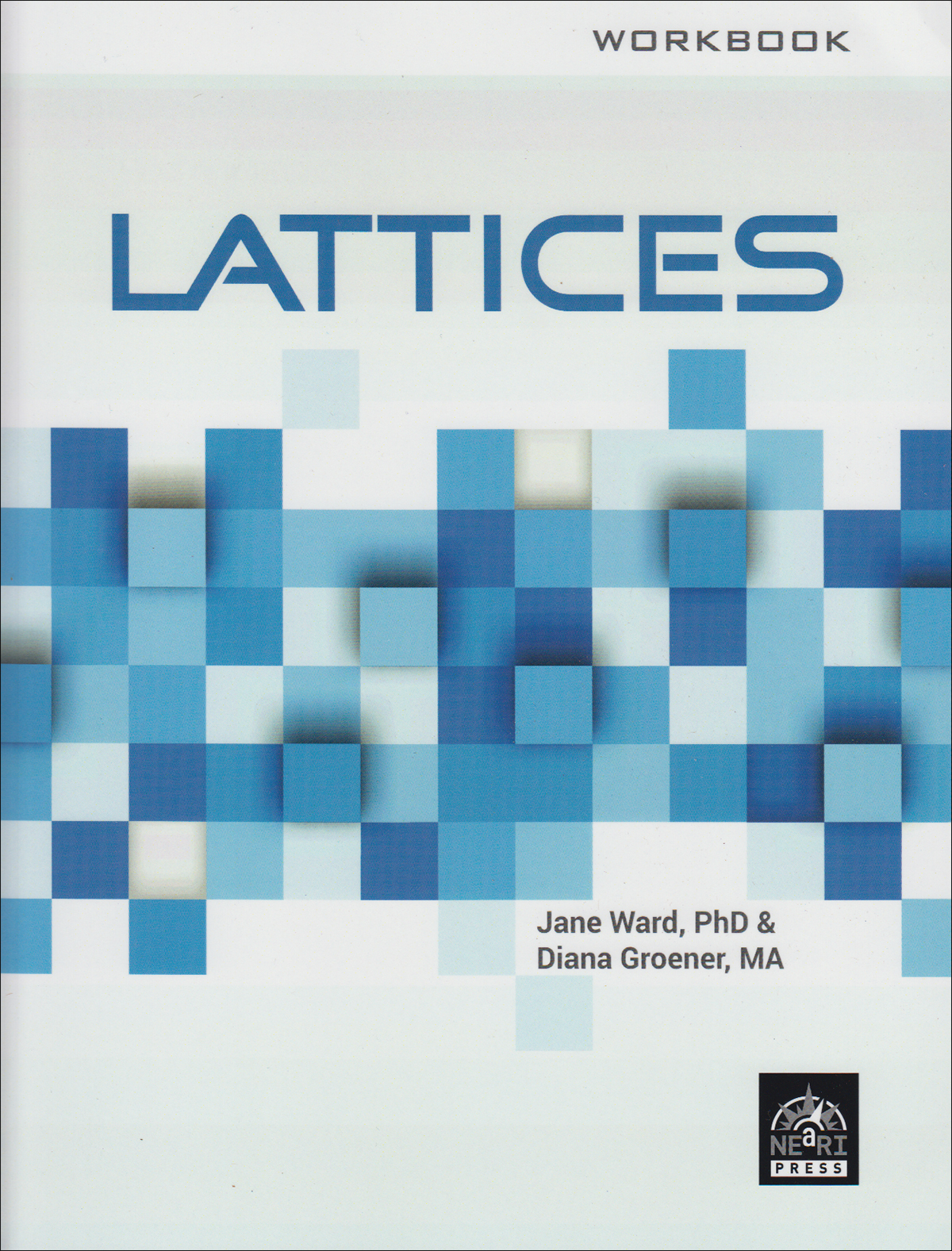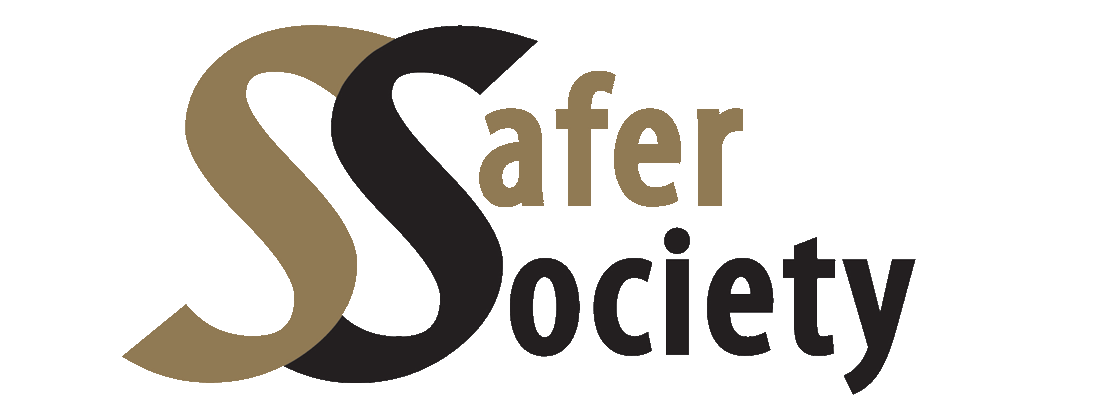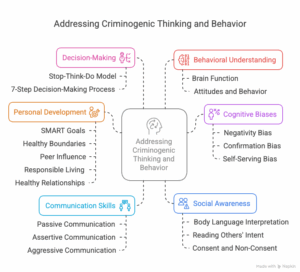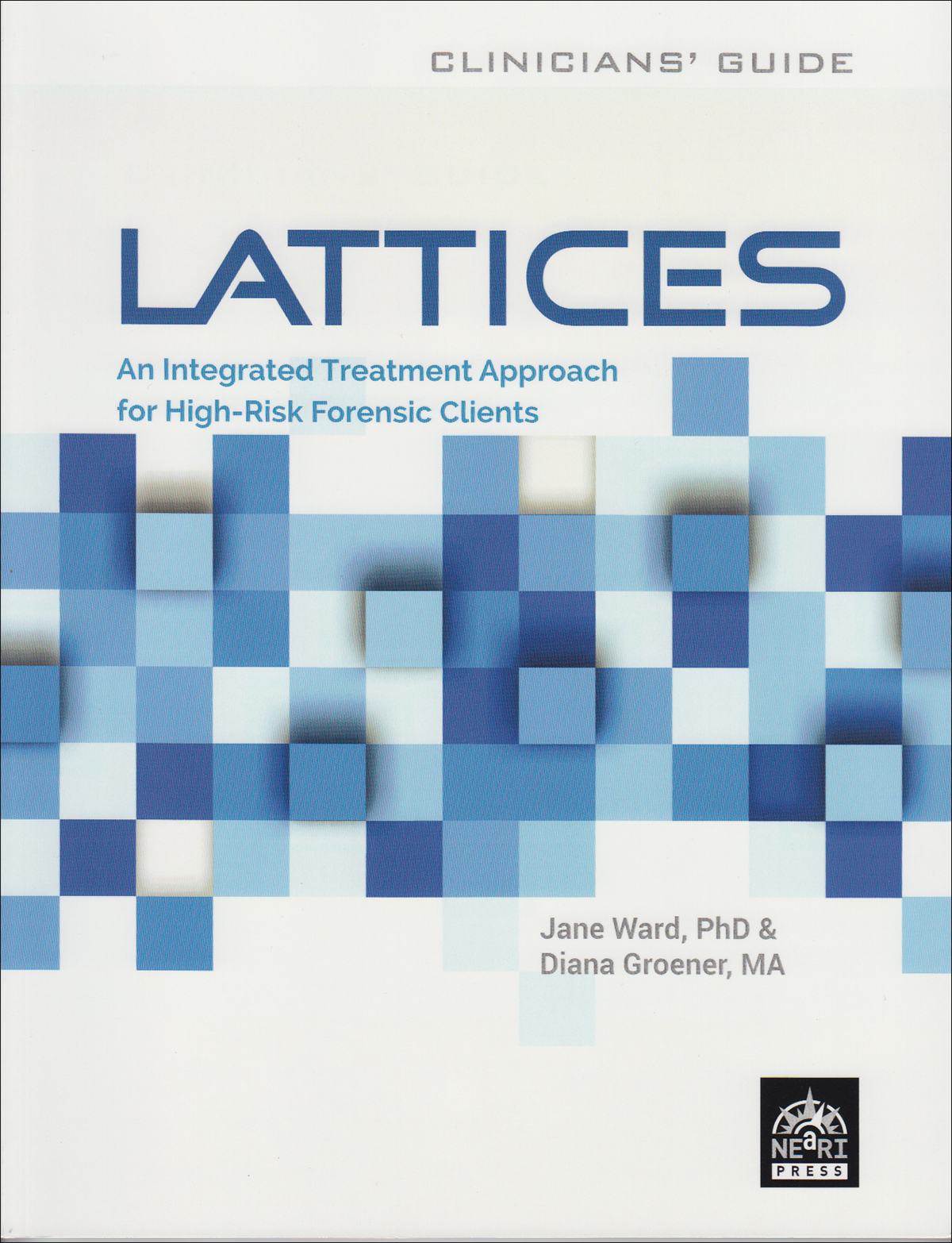Home / Shop / For Adult Clients / Workbooks for Adult Clients
LATTICES Workbook

- Description
- Specifications
LATTICES Client Workbook
By Jane Ward, PhD & Diana Groener, MA
The LATTICES Workbook was developed by Jane Ward, PhD & Diana Groener, MA as a key component of the LATTICES program—a specialized treatment approach for high-risk forensic clients, particularly those with extensive criminal histories and characteristics of antisocial personality disorder or high psychopathy.
This program is grounded in cognitive behavioral therapy and incorporates the risk-need-responsivity (RNR) principles, which are recognized as best practices for offender rehabilitation. The curriculum consists of 37 modules, delivered through a step-by-step approach, with the LATTICES™ Clinicians’ Guide available for treatment providers. The LATTICES™ Clinicians’ Guide works alongside the LATTICES™ Workbook, providing the framework and instructions, while the workbook serves as the client-facing tool.
LATTICES addresses a broad spectrum of high-risk behaviors beyond sexual offending, including intimate partner violence and sex trafficking. The program is designed for use by group facilitators, individual treatment providers, supervisory agents, and program administrators and can be implemented in various correctional, forensic, or community-based settings that address gender-based and sexual violence. It works effectively in both group and individual treatment therapy settings. This practical workbook is structured around the LATTICES mnemonic, which serves as both an organizing framework and a memory aid for clients:
- Long-term lifestyle (creating sustainable positive change in one’s life)
- Act accountably (taking responsibility for one's actions)
- Take time (pausing before acting impulsively)
- Think about thinking (recognizing cognitive distortions)
- Integrity inside (developing internal values and principles)
- Consider the consequences (understanding the impacts of one’s behavior)
- Effort for excellence (working toward personally meaningful goals)
- See the situation (perceiving reality accurately)
Practical Design
The workbook includes pages for written responses to prompts, allowing clients to record ideas and insights as they progress through the program. These pages are designed to directly match group brainstorming activities, enabling clients to record what facilitators write on the whiteboard during sessions.
Homework assignments typically require no more than five minutes to complete and are reviewed at the end of each group session to ensure understanding. The program emphasizes prosocial participation rather than perfect completion—clients with limited literacy skills are encouraged to complete assignments orally.
Skills Development and Application
The workbook covers a range of topics essential for addressing criminogenic thinking and behavior:
- The Stop-Think-Do model for better decision-making
- The 7-Step Decision-Making Process
- SMART Goals for prosocial goal setting
- Understanding cognitive biases (negativity bias, confirmation bias, self-serving bias)
- Effective communication styles (passive, assertive, aggressive)
- Body language interpretation
- Reading others' intent
- Recognizing signs of consent and non-consent
- Understanding brain function related to behavior
- How attitudes affect behavior
- Setting healthy boundaries
- Managing peer influence
- Responsible living and self-care
- Building healthy relationships
Sample Activity: "Thinking Errors"
One section of the workbook focuses on "Thinking Errors.” The authors focus on some common thinking errors, such as:
- Anger storm
- All or nothing thinking
- Justifying
- Lies, secrets and silence
- Playing the victim
- Blaming
- Mind reading
- Criminal thinking
 For each thinking error, the workbook provides space for clients to write down an example from their own experience and a replacement thought. For instance, for "Playing the victim," a client might identify the thought "That judge was out to get me" and replace it with the more accurate "I was in court because of my behavior." The homework activity asks clients to "Write down one thinking error and replacement every day," encouraging consistent application of these concepts to daily life.
For each thinking error, the workbook provides space for clients to write down an example from their own experience and a replacement thought. For instance, for "Playing the victim," a client might identify the thought "That judge was out to get me" and replace it with the more accurate "I was in court because of my behavior." The homework activity asks clients to "Write down one thinking error and replacement every day," encouraging consistent application of these concepts to daily life.
A Tool for Change
The LATTICES Workbook supports the structured delivery of the program curriculum, giving clients a tangible tool to track learning, complete assignments, and document personal growth. It encourages accountability and self-reflection—key components in the process of changing problematic thinking and behavior patterns.
LATTICES™
ISBN: 978-1-929657-09-4
Paperback, 59 pages




